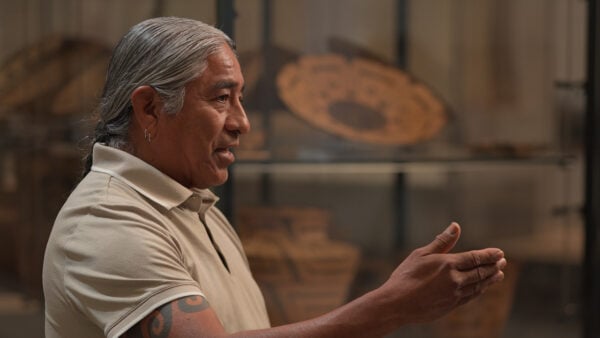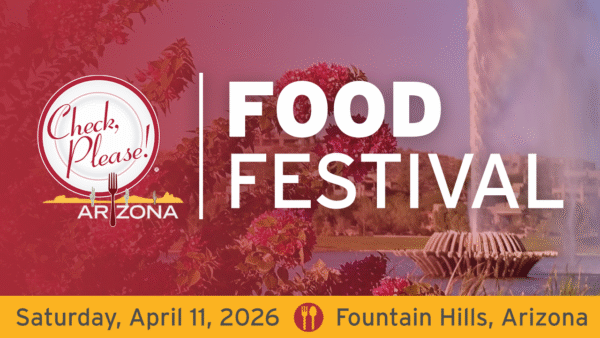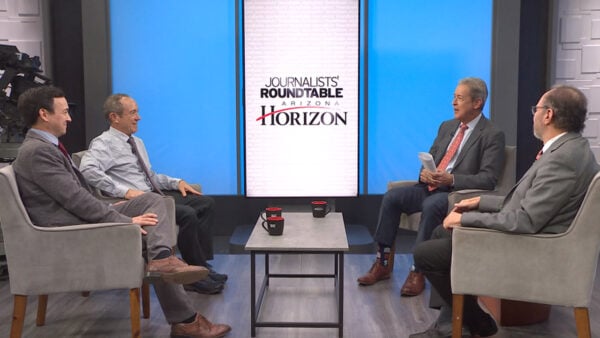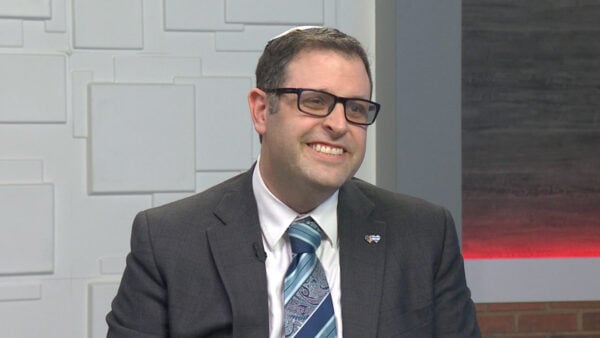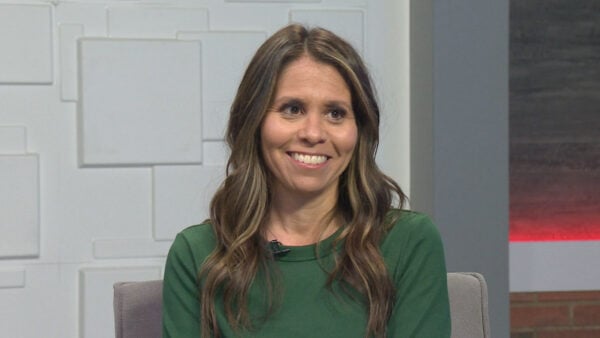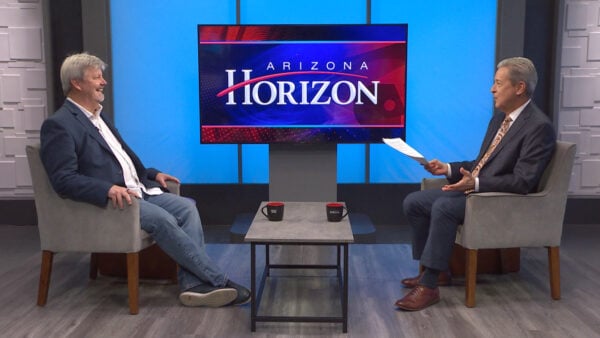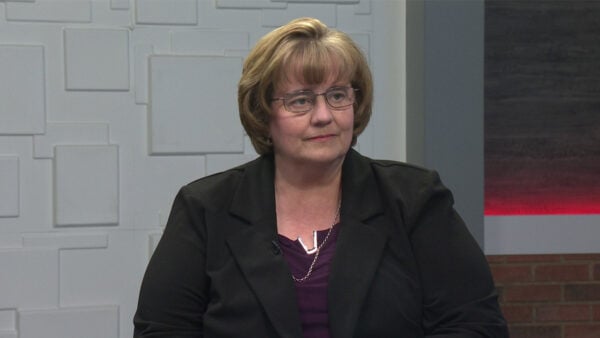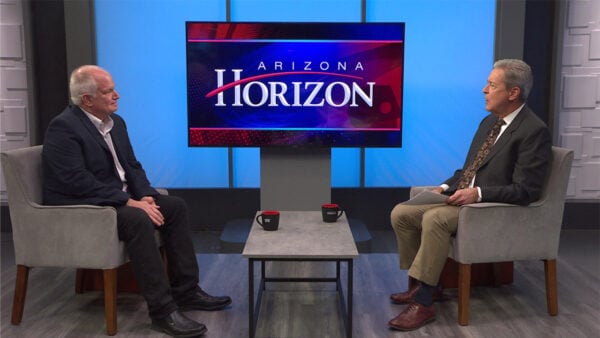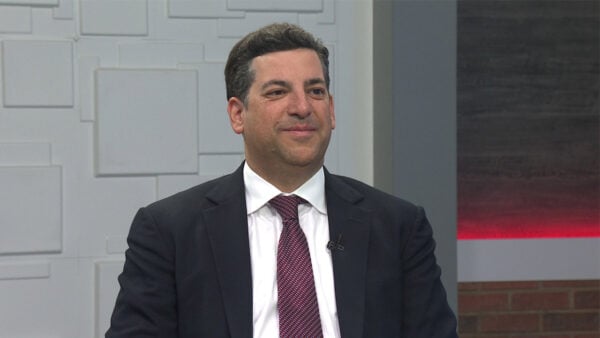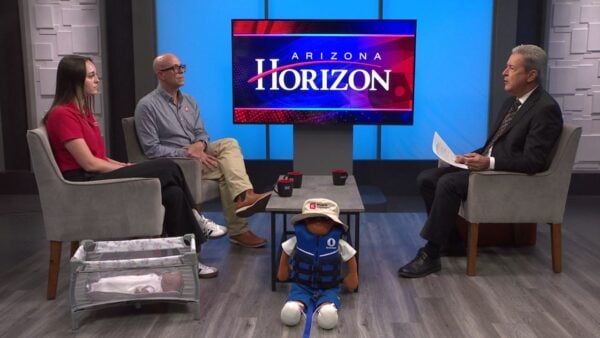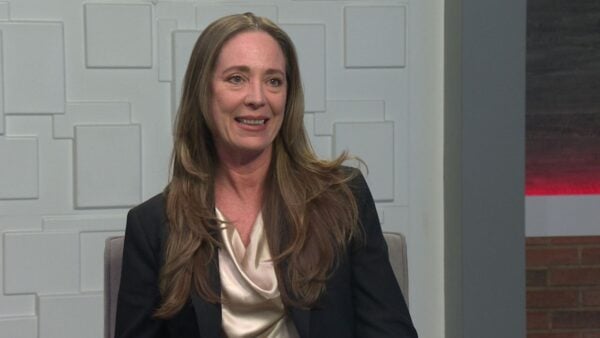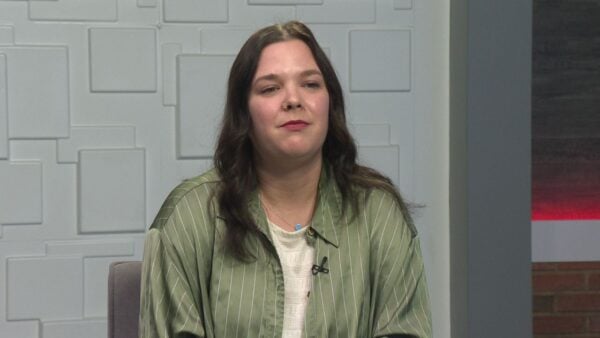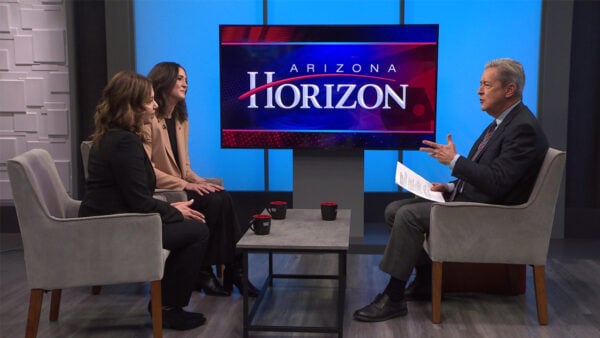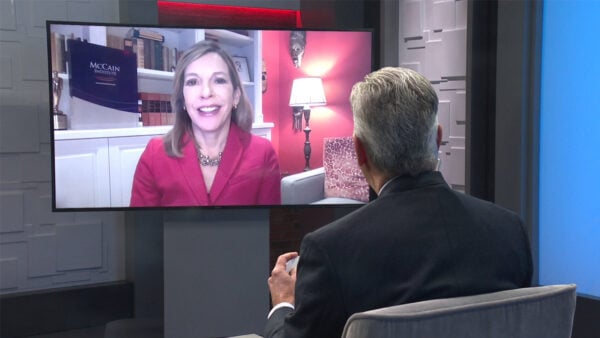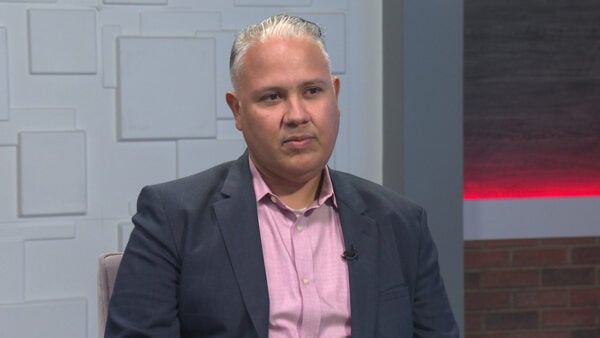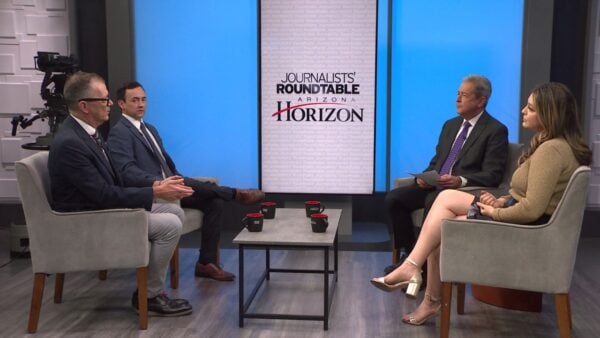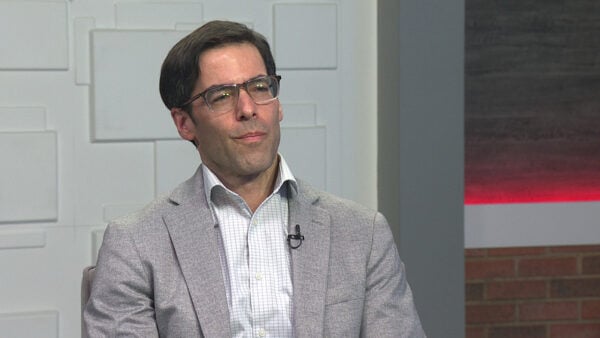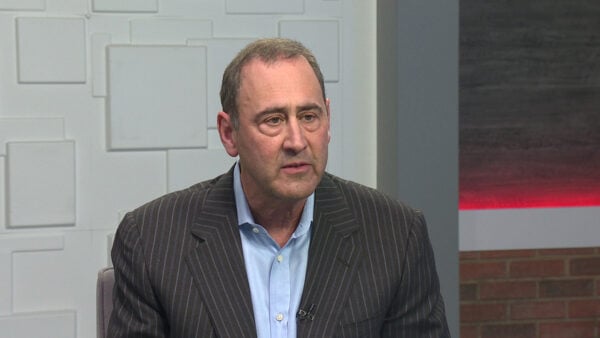Valley rainfall is low in 2023
Sept. 25, 2023
Arizona’s monsoon is wrapping up, but this year, it was more of a non-soon than a monsoon. 2023 is heading toward being one of the driest years on record after a wet start to the year.
Randy Cerveny, ASU Climatologist, joined Arizona Horizon to talk about what’s ahead and looked at El Niño.
“The monsoon is driven by higher elevation; places like Cave Creek always get more rainfall during the monsoon than places like Sky Harbor,” Cerveny said.
The storms we get in the Valley with the monsoon are convected. According to Cerveny, the storms hit one place, “die,” and don’t move along. This summer there was no moisture to lift; instead Arizona got mostly wind storms.
“We started on a good note when we had a tropical storm that was off the coast of Mexico, but then the tropics in Mexico just shut down, and there was no moisture to be pushed up,” Cerveny said.
Right now, there isn’t clear signals on why this year’s monsoon season was dry.
“This summer is the perfect example on the kinds of things that we have to worry about, particularly the number of days of maximum-low temperatures. Those kinds of records are usually associated with climate change,” Cerveny said.
